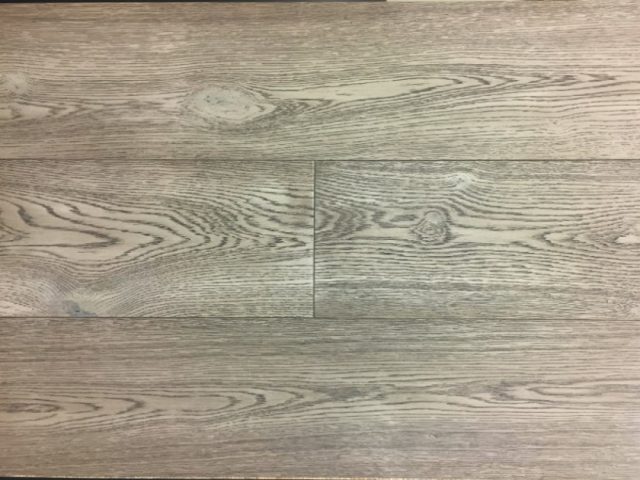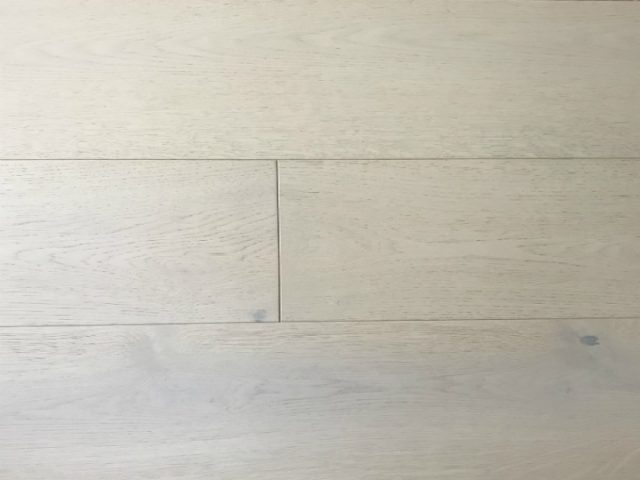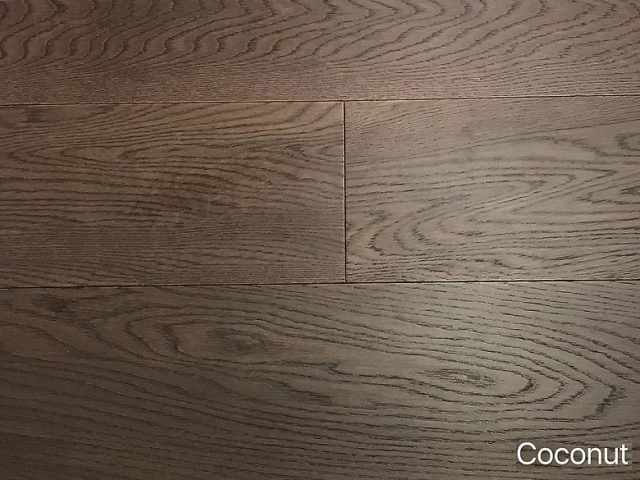Hardwood Flooring
Hardwood flooring is any product manufactured from timber that is designed for use as flooring, either structural or aesthetic. Wood is a common choice as a flooring material and can come in various styles, colors, cuts, and species.
Bamboo flooring is often considered a form of wood flooring, although it is made from a grass (bamboo) rather than a timber.
Solid Hardwood
Solid hardwood flooring is milled from a single piece of timber that is kiln or air dried before sawing. Depending on the desired look of the floor, the timber can be cut in three ways: flat-sawn, quarter-sawn, and rift-sawn. The timber is cut to the desired dimensions and either packed unfinished for a site-finished installation or finished at the factory. The moisture content at time of manufacturing is carefully controlled to ensure the product does not warp during transport and storage.Read MoreEngineered Hardwood
Engineered wood flooring is composed of two or more layers of wood in the form of a plank. The top layer (lamella) is the wood that is visible when the flooring is installed and is adhered to the core. The increased stability of engineered wood is achieved by running each layer at a 90° angle to the layer above. This stability makes it a universal product that can be installed over all types of subfloors above, below or on grade. Engineered wood is the most common type of wood flooring used globally.Read MoreFloor finishes
The two most popular modern finishes for wood flooring are oil-modified urethane and water-based polyurethane. Within both categories there are many variations and other names used to describe the finish. Oil-modified urethane and water-based polyurethane also have very different refinishing and maintenance regimes. Read MoreFloor sanding and Refinishing
Sanding provides a method for smoothing an installed floor, compensating for unevenness of the subfloor. Additionally, sanding is used to renew the appearance of older floors. Sanding using successively finer grades of sandpaper is required to ensure even stain penetration when stains are used, as well as to eliminate visible scratches from coarser sandpaper grades used initially. Prior to modern polyurethanes, oils and waxes were used in addition to stains to provide finishes.Beeswax and linseed oil, for example, are both natural crosslinking polymers and harden over time.Read MoreBuffing
Generally, hardwood floors need to be buffed every 3–5 years. The process usually takes about one day. Buffing refers to the process of using a stand up floor buffer. The floor is abraded with 180 grit screen on the buffer. This allows for the new coat of finish to mechanically adhere to the floor. This process works with great results as long as the floor hasn't had any waxes or synthetic cleaners. Sanding the finish off old wood floors and smoothing them out.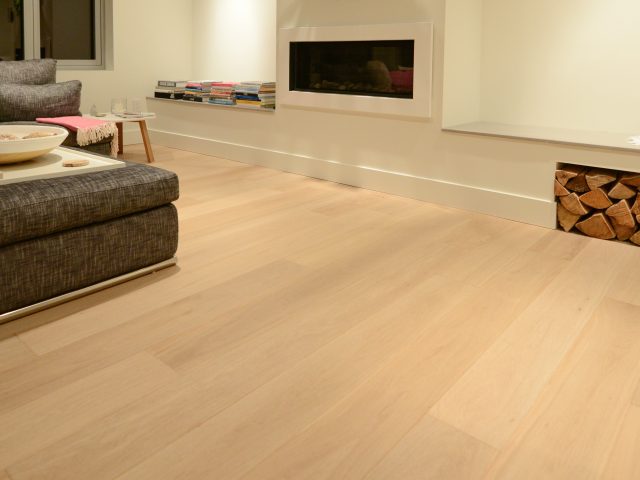
O a k Hardwood
Oak hardwood flooring offers a nice natural wood grain look that most hardwood floor consumer looking for it. Oak is a very common wood and for a long time is been used as a flooring product but many
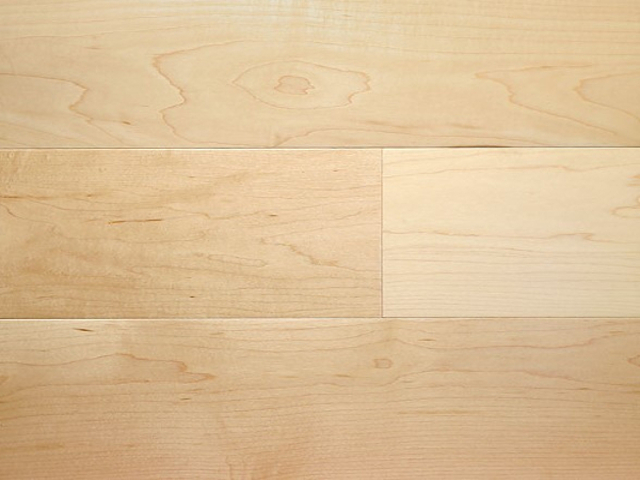
Maple Hardwood
There are two types of Maple Hardwood floor in flooring industry: Hard Maple and Soft Maple.
Hard Maple is used to describe two types of maple trees: Sugar Maple and the Black Maple. Both of
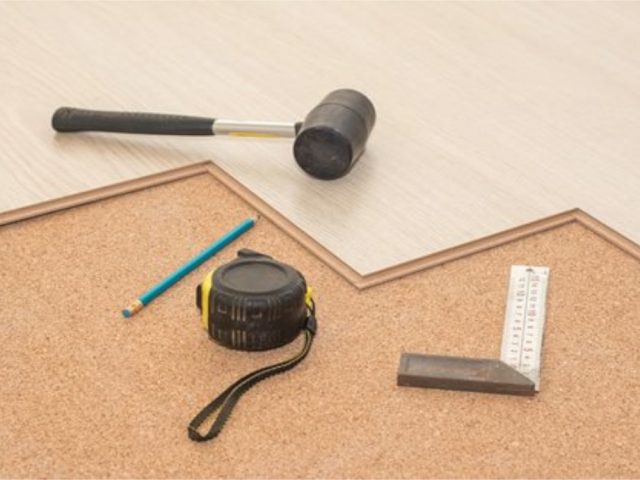
Flooring Underlayment
There are different types of natural and synthetic flooring underlay: Natural Underlay: Cork underlay and Felt Underlay are made from natural materials. Cork Underlay: The cork underlay is a great nat

